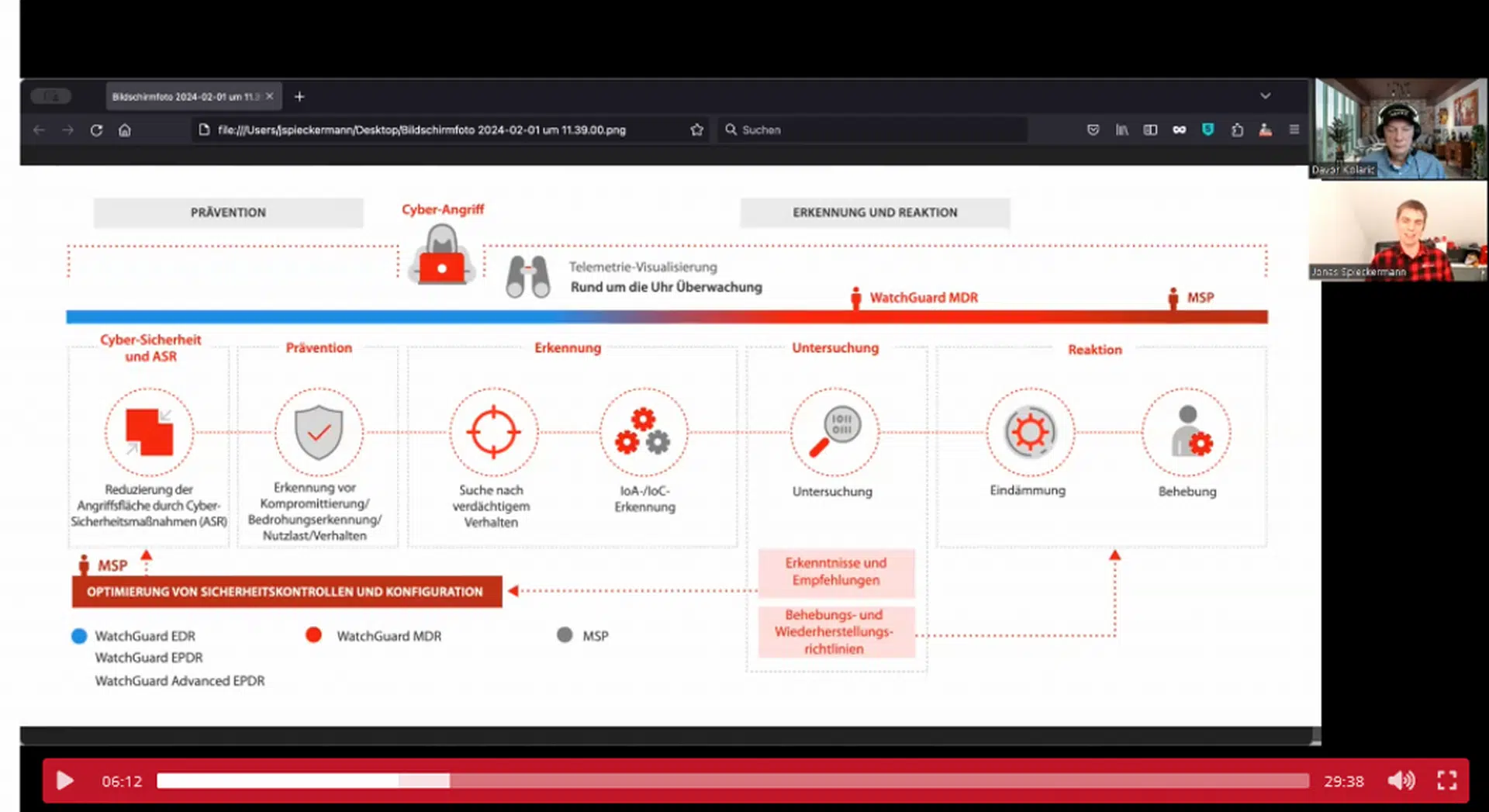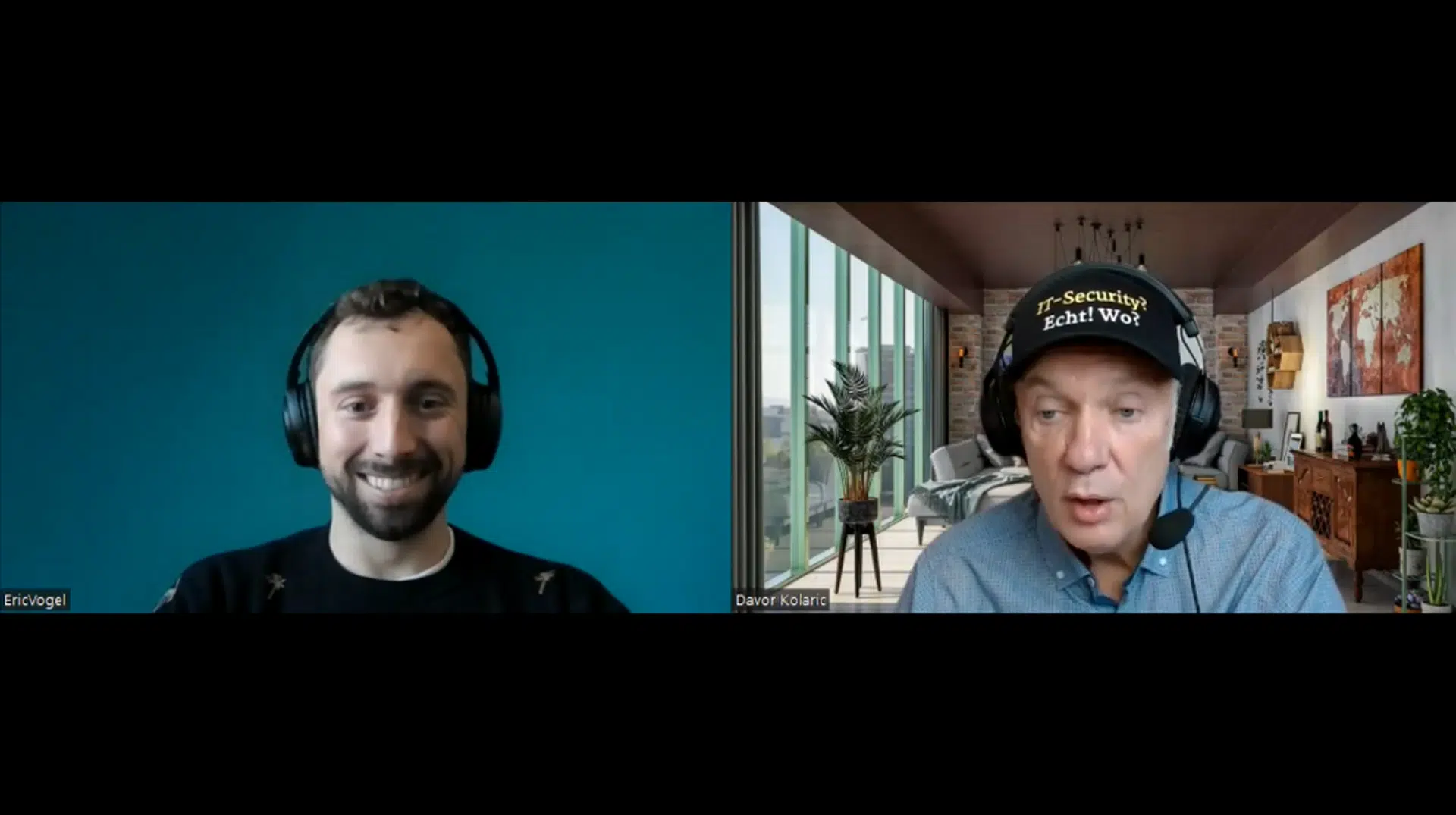
The 9th edition of the ENISA Threat Landscape (ETL) report released by the European Union Agency for Cybersecurity highlights the surge in cybercriminality motivated by monetisation using ransomware or cryptojacking.
The ENISA Threat Landscape 2021 (ETL) report is the annual report of the EU Agency for Cybersecurity, ENISA, on the state of the cybersecurity threat landscape. The 9th edition released today covers a period of reporting starting from April 2020 up to July 2021.
Cybersecurity threats are on the rise. Ransomware ranks as a prime threat for the reporting period. For each of the identified threats, attack techniques, notable incidents and trends are identified alongside recommendations. The new report also features a list of trends concerning threat actors.
EU Agency for Cybersecurity Executive Director, Juhan Lepassaar stated that “Given the prominence of ransomware, having the right threat intelligence at hand will help the whole cybersecurity community to develop the techniques needed to best prevent and respond to such type of attacks. Such an approach can only rally around the necessity now emphasised by the European Council conclusions to reinforce the fight against cybercrime and ransomware more specifically.”
The cybersecurity threat landscape has grown in terms of sophistication of attacks, complexity and impact. Such a trend is spurred by an ever-growing online presence, the transitioning of traditional infrastructures to online solutions, advanced interconnectivity and the exploitation of new features of emerging technologies.
Without surprise, supply-chains attacks rank highly among prime threats because of the significant potential they have in inducing catastrophic cascading effects. The risk is such that ENISA recently produced a dedicated threat landscape report for this specific category of threat.
The 9 top threats
9 threat groups were identified due to their prominent materialisation over the reporting period.
- Ransomware;
- Malware;
- Cryptojacking;
- E-mail related threats;
- Threats against data;
- Threats against availability and integrity;
- Disinformation – misinformation;
- Non-malicious threats;
- Supply-chain attacks.
Key trends
The COVID-19 crisis has created possibilities for adversaries who used the pandemic as a dominant lure in campaigns for email attacks for instance. Monetisation appears to be the main driver of such activities.
The techniques that threat actors are resorting to are numerous. The non-exhaustive list below presents some of the most prevalent ones identified in the report, across all threats:
- Ransomware as a Service (RaaS)-type business models;
- Multiple extortion ransomware schemes;
- Business Email Compromise (BEC);
- Phishing-as-a-service (PhaaS);
- Disinformation-as-a-Service (DaaS) business model; etc.
Focus on three threats
- Ransomware
Ransomware is a type of malicious attack where attackers encrypt an organisation’s data and demand payment to restore access. Ransomware has been the prime threat during the reporting period, with several high profile and highly publicised incidents. The significance and impact of the threat of ransomware is also evidenced by a series of related policy initiatives in the European Union (EU) and worldwide.
Compromise through phishing e-mails and brute-forcing on Remote Desktop Protocol (RDP) services remain the two most common infection vectors. The occurrence of triple extortion schemes also increased strongly during 2021 and cryptocurrency remains the most common pay-out method for threat actors.
- Cryptojacking infections
Cryptojacking or hidden cryptomining is a type of cybercrime where a criminal secretly uses a victim’s computing power to generate cryptocurrency. With the proliferation of cryptocurrencies and their ever-increasing uptake by the wider public, an increase in corresponding cybersecurity incidents has been observed. Cryptocurrency remains the most common pay-out method for threat actors.
- Misinformation and disinformation
This type of threats makes its first appearance in the ENISA threat landscape report.
Disinformation and misinformation campaigns are on the rise as a result of the increased online presence due to the COVID-19 pandemic logically leading to an overuse of social media platforms and online media.
Such threats are of paramount importance in the cyber world. Disinformation and misinformation campaigns are frequently used in hybrid attacks to foster doubt or create confusion, therefore reducing the overall perception of trust as a consequence and damaging this major proponent of cybersecurity in the process.
Threat actors: who are they?
Cyber threat actors are an integral component of the threat landscape. They are entities aiming to carry out a malicious act by taking advantage of existing vulnerabilities, with the intent to do harm to their victims. Understanding how threat actors think and act, what their motivations and goals are, is an important step towards a stronger cyber incident response. Monitoring the latest developments with respect to the tactics and techniques used by threat actors to achieve their objectives is crucial for an efficient defence in today’s cybersecurity ecosystem. Such threat assessment allows us to prioritise security controls and devise an adequate strategy based on the potential impact and likelihood of threat materialisation.
For the purposes of the ETL 2021, focus was given to four categories of cybersecurity threat actors: state-sponsored, cybercrime, hacker-for-hire actors and hacktivists.
Background
The ETL report maps the cyber threat landscape in a means to help decision-makers, policy-makers and security specialists define strategies to defend citizens, organisations and cyberspace.
This work is part of the EU Agency for Cybersecurity’s annual work programme to provide strategic intelligence to its stakeholders.
The report’s content is gathered from open sources such as media articles, expert opinions, intelligence reports, incident analysis and security research reports; as well as through interviews with members of the ENISA Cyber Threat Landscapes Working Group (CTL working group).
From the information collected, the Agency produces its own analysis and views of the threat landscape that are meant to be industry and vendor neutral.
ENISA Threat Landscape 2021
This is the ninth edition of the ENISA Threat Landscape (ETL) report, an annual report on the status of the cybersecurity threat landscape that identifies prime threats, major trends observed with respect to threats, threat actors and attack techniques, and also describes relevant mitigation measures. In the process of constantly improving our methodology for the development of threat landscapes, this year’s work has been supported by a newly formatted ENISA ad hoc Working Group on Cybersecurity Threat Landscapes (CTL). In this report we discuss the first 8 cybersecurity threat categories. Supply chain threats, the 9th category, were analysed in detail, in a dedicated ENISA report.
https://www.enisa.europa.eu/publications/enisa-threat-landscape-2021
Further Information:
ENISA Threat Landscape Report 2021
ENISA Threat Landscape Supply Chain
ENISA Threat Landscape Report 2020
Infographic Threat Landscape Mapping during COVID-19
Fachartikel

Strategien für eine fortgeschrittene digitale Hygiene

Mit LogRhythm 7.16 können Sie das Dashboard-Rauschen reduzieren und Log-Quellen leicht zurückziehen

Wie man RMM-Software mit einer Firewall absichert

Red Sifts vierteljährliche Produktveröffentlichung vom Frühjahr 2024

Konvergiert vs. Einheitlich: Was ist der Unterschied?
Studien

Studie zu PKI und Post-Quanten-Kryptographie verdeutlicht wachsenden Bedarf an digitalem Vertrauen bei DACH-Organisationen

Zunahme von „Evasive Malware“ verstärkt Bedrohungswelle

Neuer Report bestätigt: Die Zukunft KI-gestützter Content Creation ist längst Gegenwart

Neue Erkenntnisse: Trend-Report zu Bankbetrug und Finanzdelikten in Europa veröffentlicht

Studie: Rasantes API-Wachstum schafft Cybersicherheitsrisiken für Unternehmen
Whitepaper
Unter4Ohren

Datenklassifizierung: Sicherheit, Konformität und Kontrolle

Die Rolle der KI in der IT-Sicherheit

CrowdStrike Global Threat Report 2024 – Einblicke in die aktuelle Bedrohungslandschaft

WatchGuard Managed Detection & Response – Erkennung und Reaktion rund um die Uhr ohne Mehraufwand







